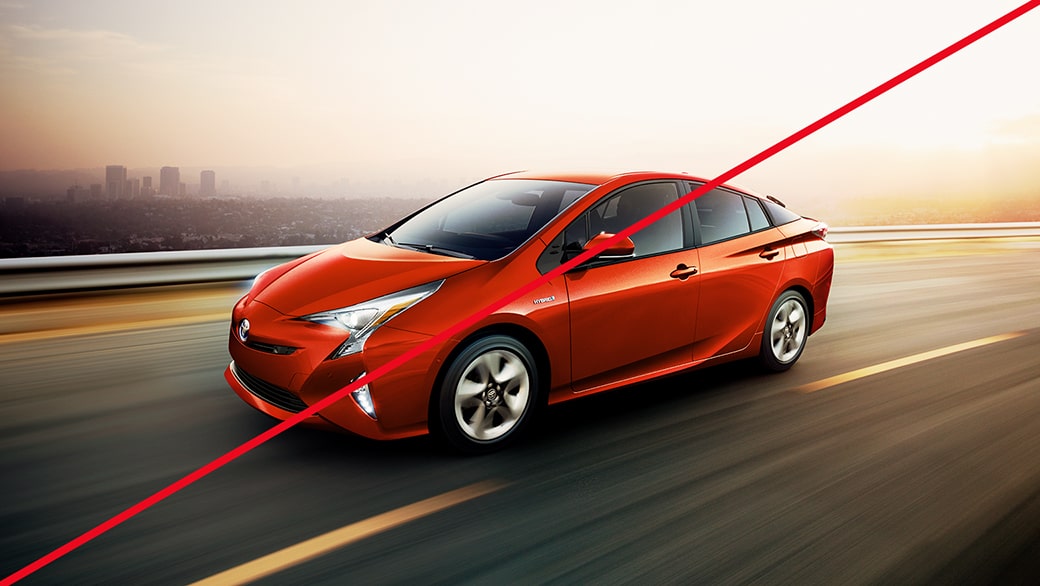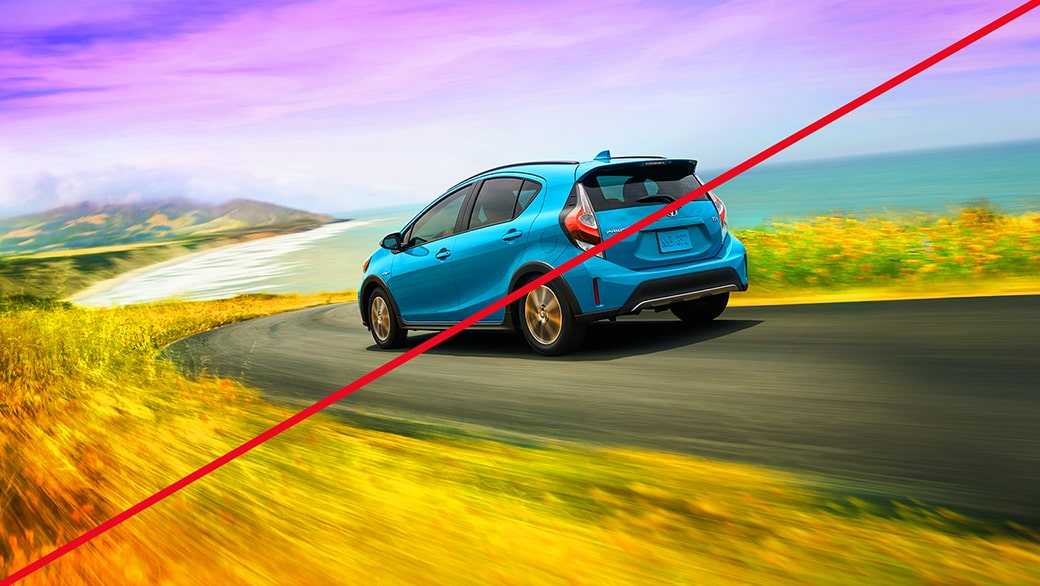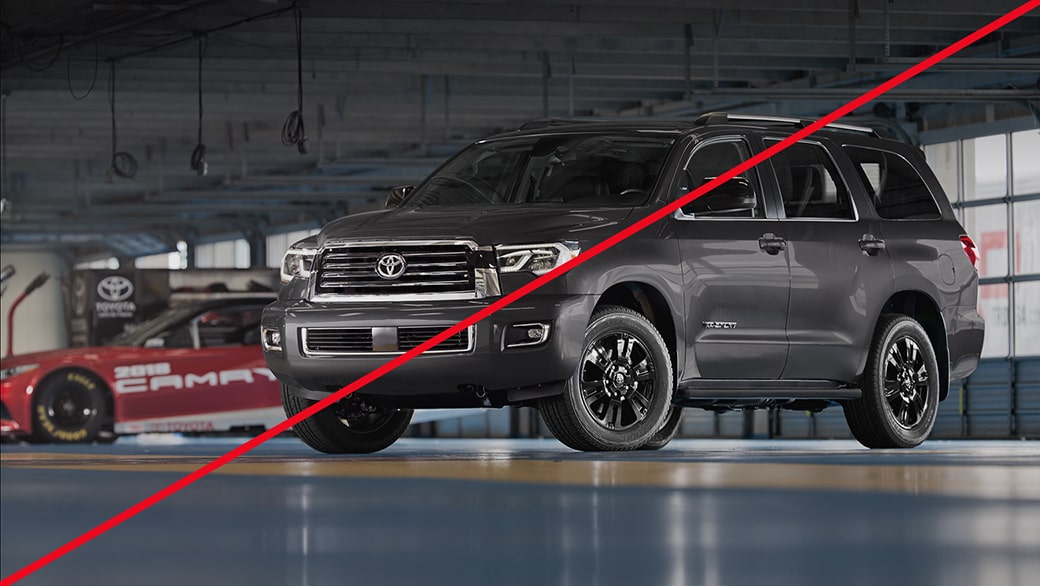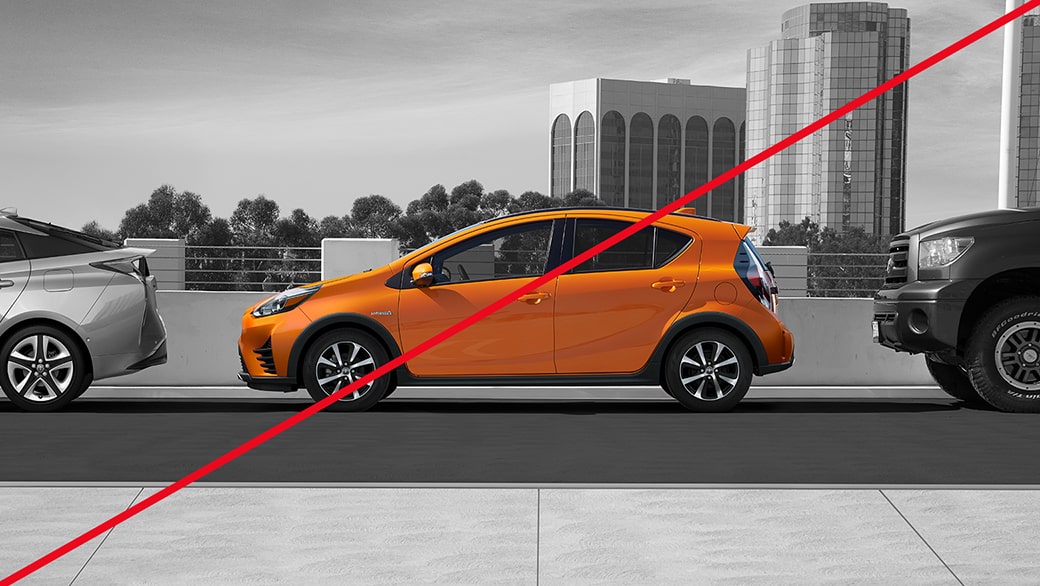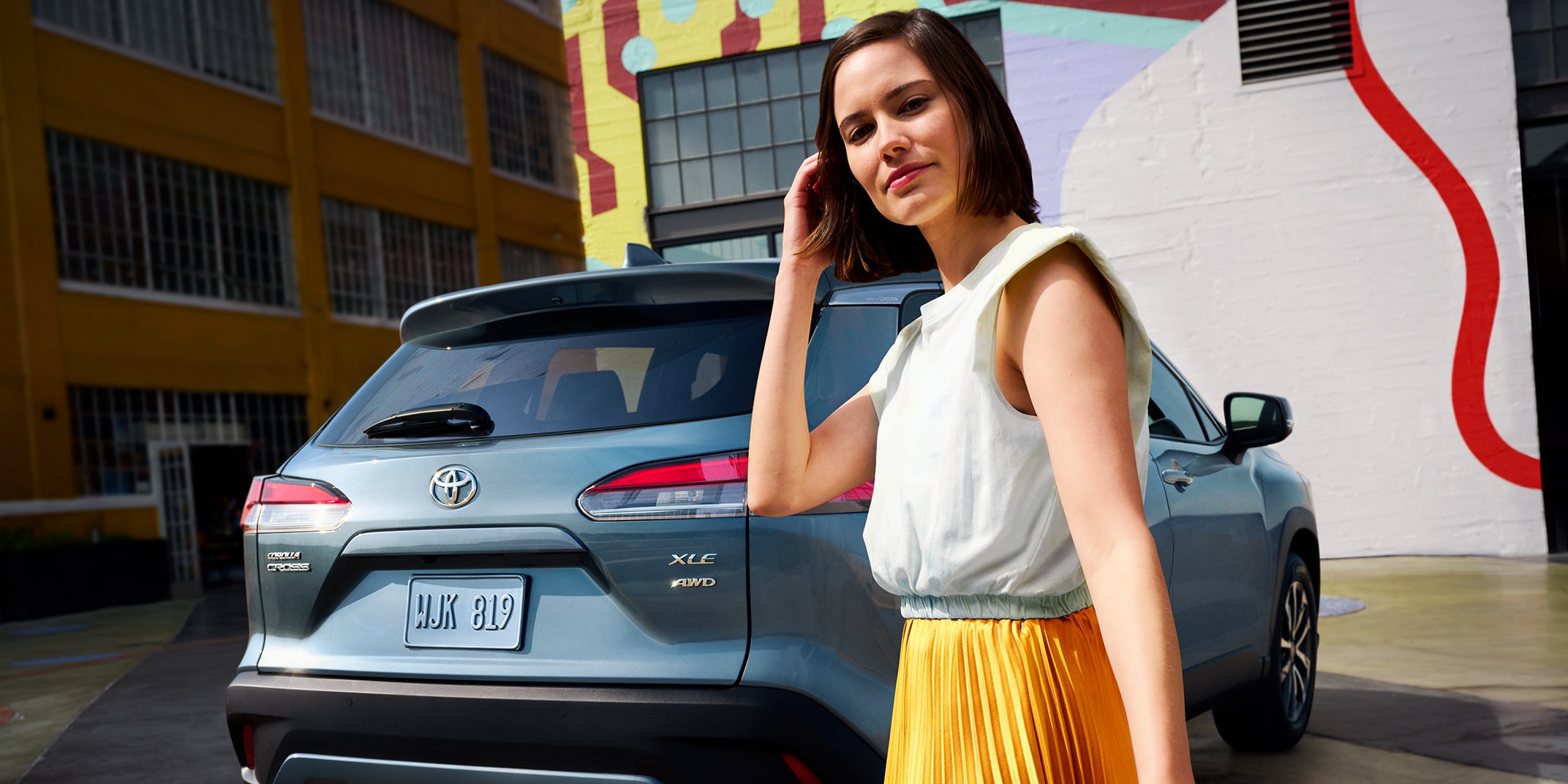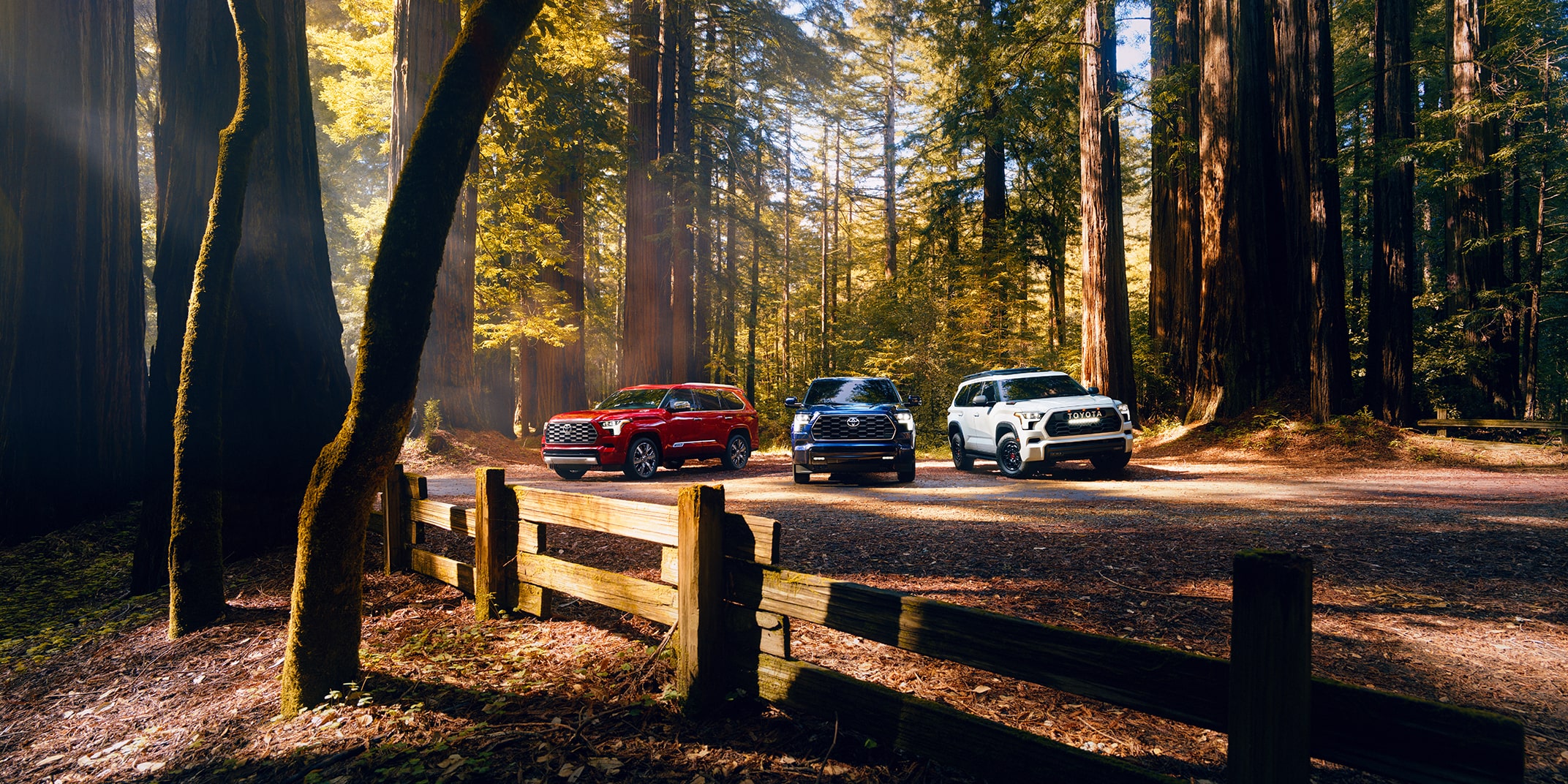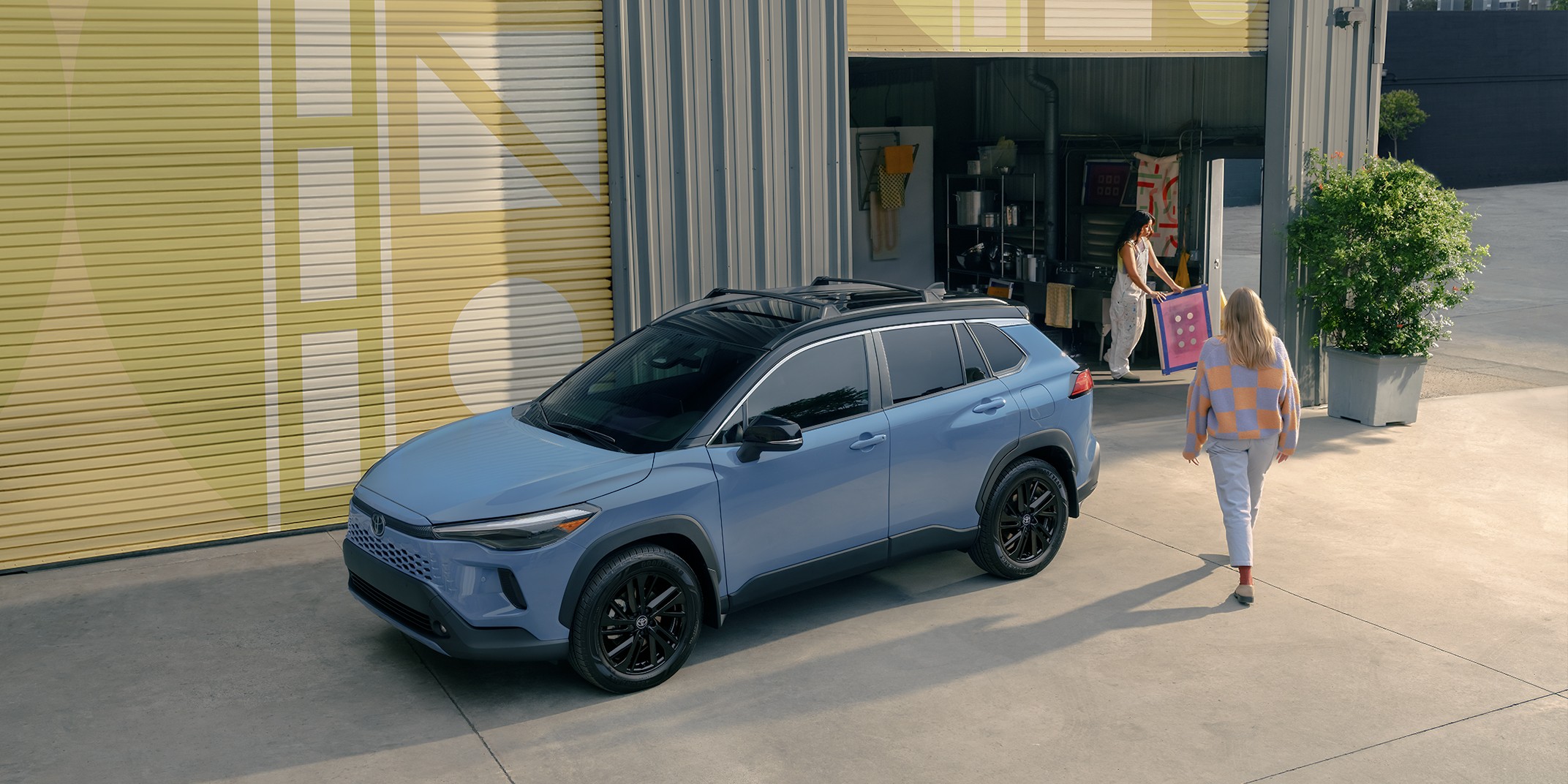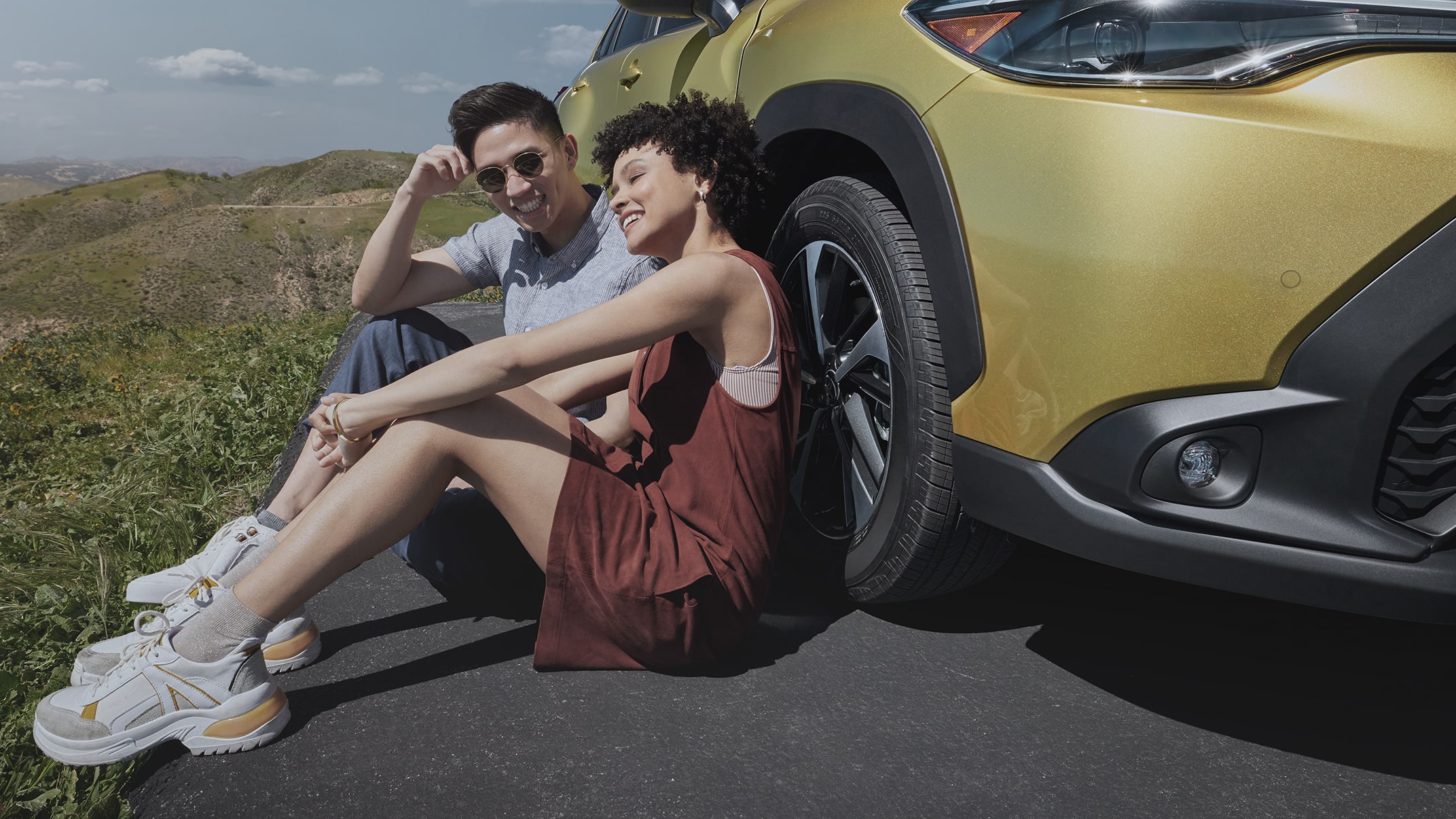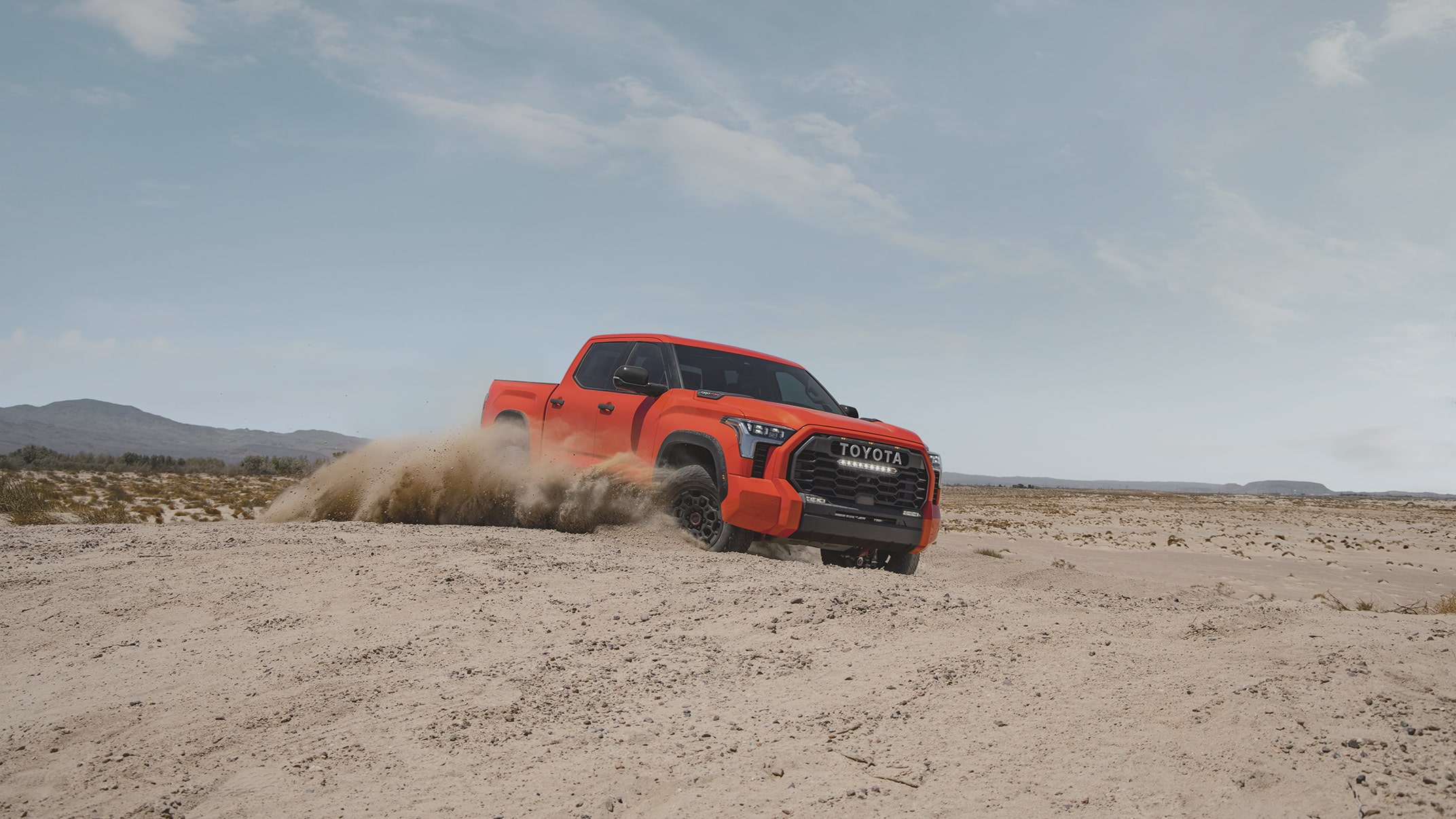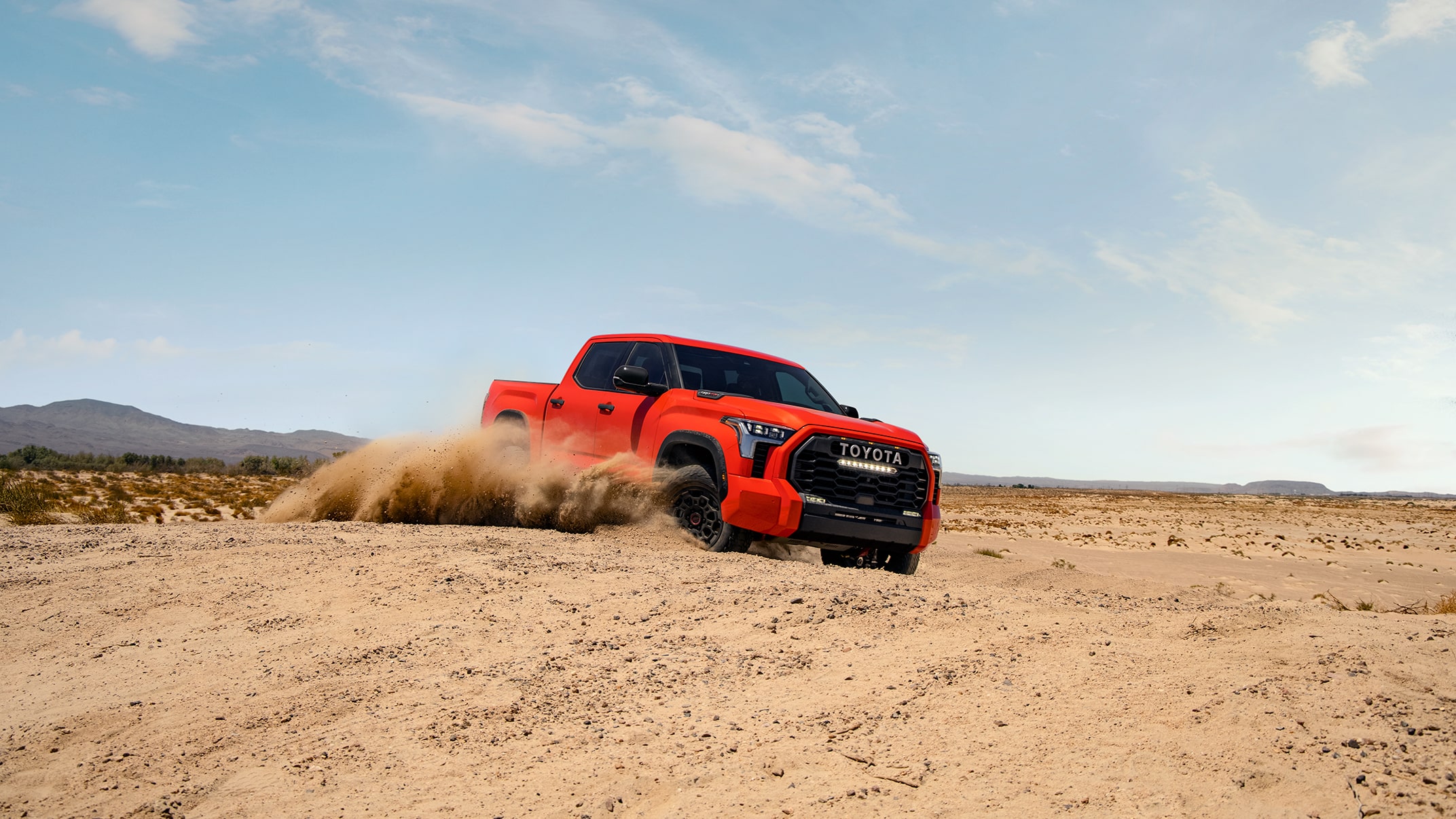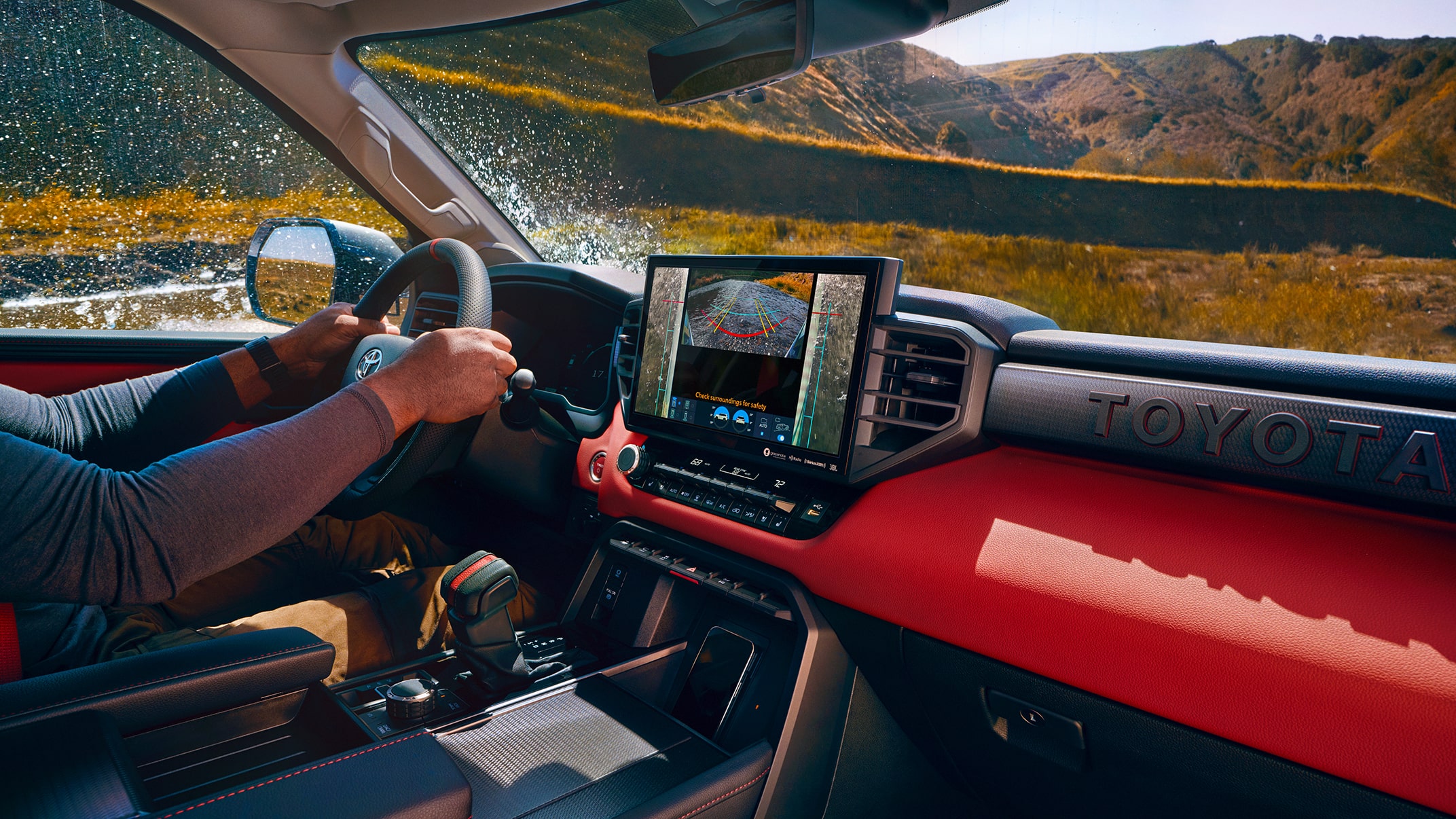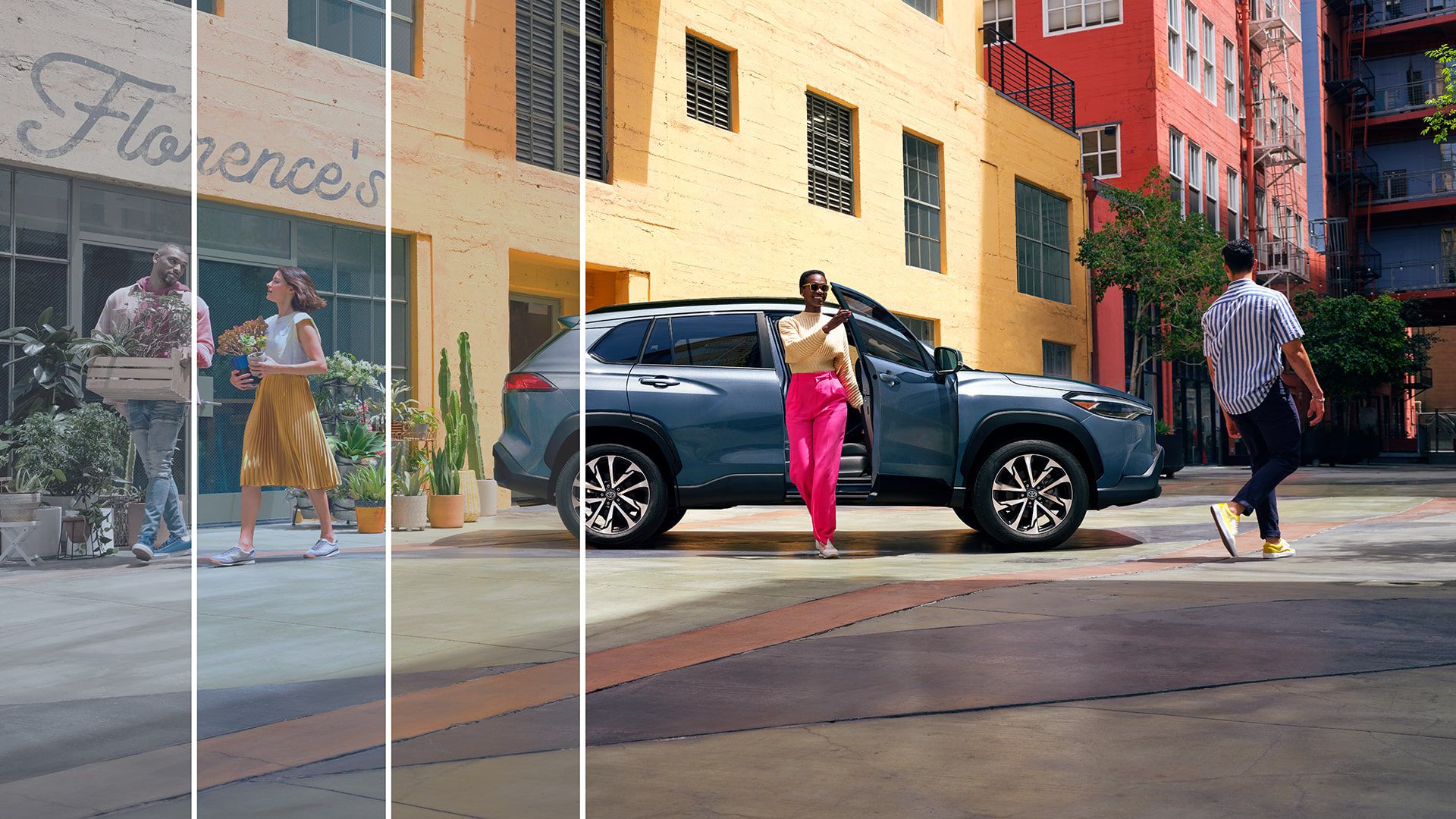
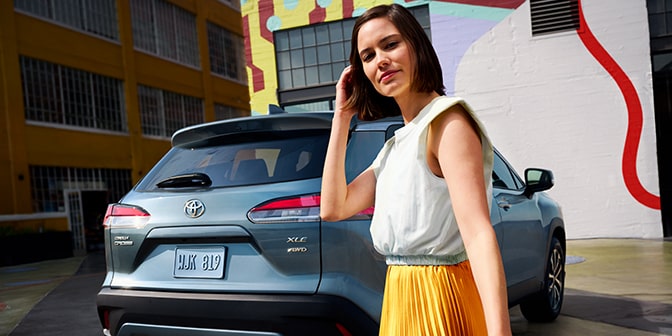
Saturation
Increasing the color saturation creates a heightened sense of reality for our viewers.
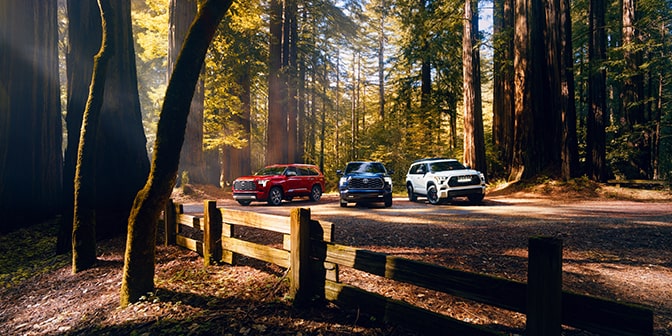
Warmth
Leaning toward the warm side of the spectrum conveys a sense of friendliness.
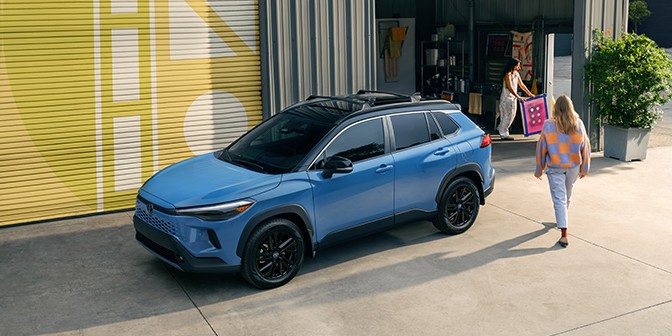
Contrast
Enhancing the light and dark values adds emphasis and focus.
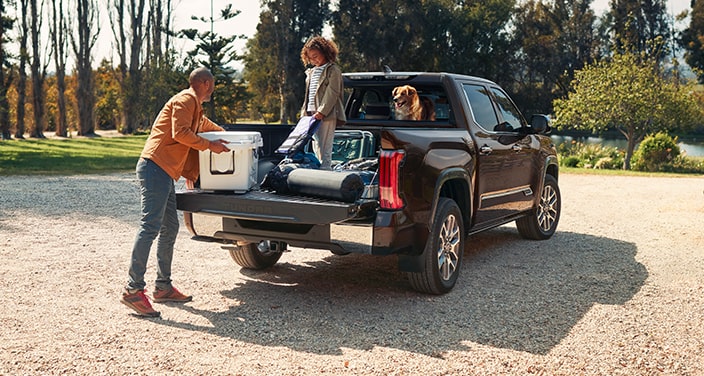
How to Add Saturation
“Hue/Saturation” allows you to boost the saturation of all colors or individual colors. “Vibrance” selectively boosts only the most muted colors.
How to Add Warmth
“Color Balance” can be used to add warm colors such as yellow to the highlights. Alternatively, select a “Warming Filter” from the “Photo Filter” adjustments.
How to Add Contrast
“Curves” uses multiple adjustment points to manipulate the full tonal range. “Levels” and “Brightness/Contrast” are more basic options but provide less customization.

The contrast in this image makes the vehicle pop, drawing attention to the details. The saturated color in the environment also helps the vehicle stand out.
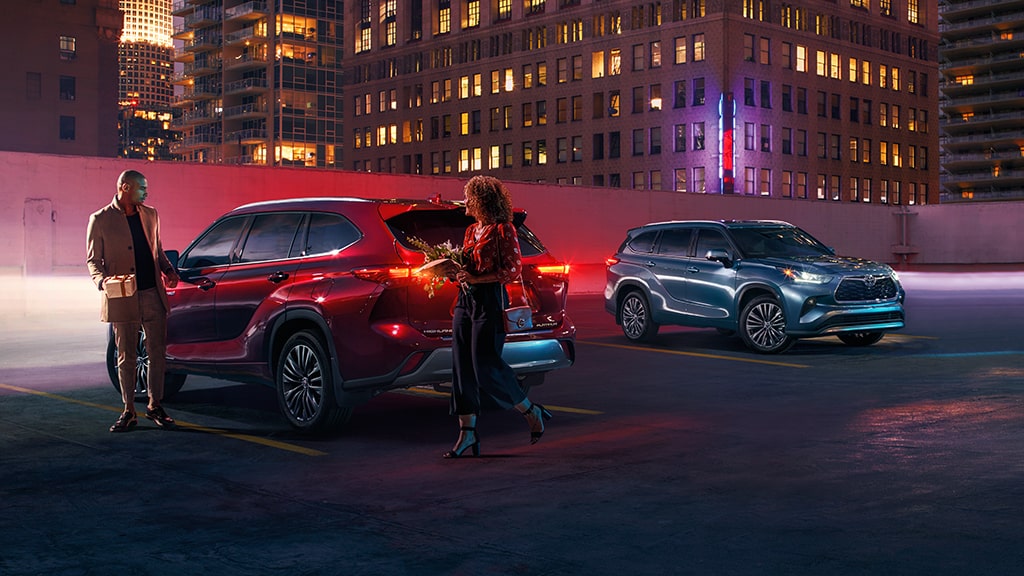
Nighttime shots are at risk of becoming too dark or gloomy. This image adds excitement by playing with reflections, headlights and other lighting cues.
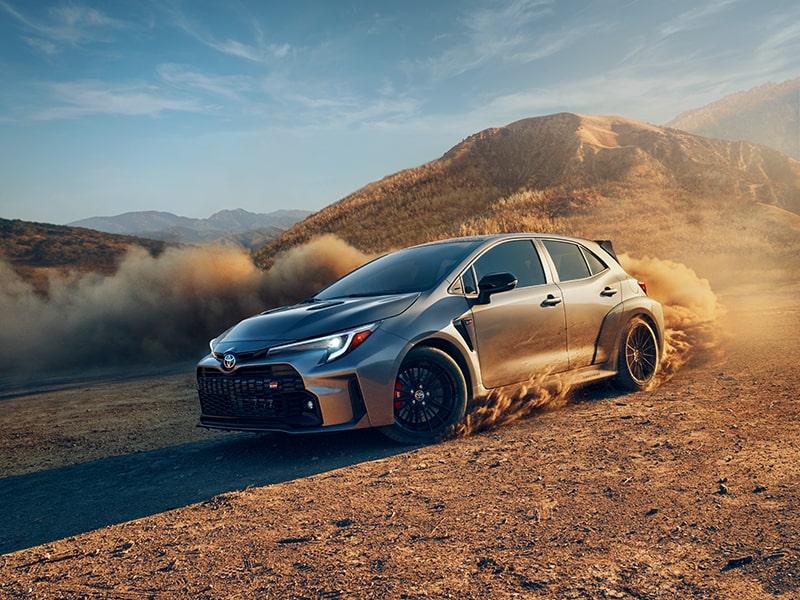
This image takes full advantage of the low, warm light found in golden hour to create a bold, striking image.
